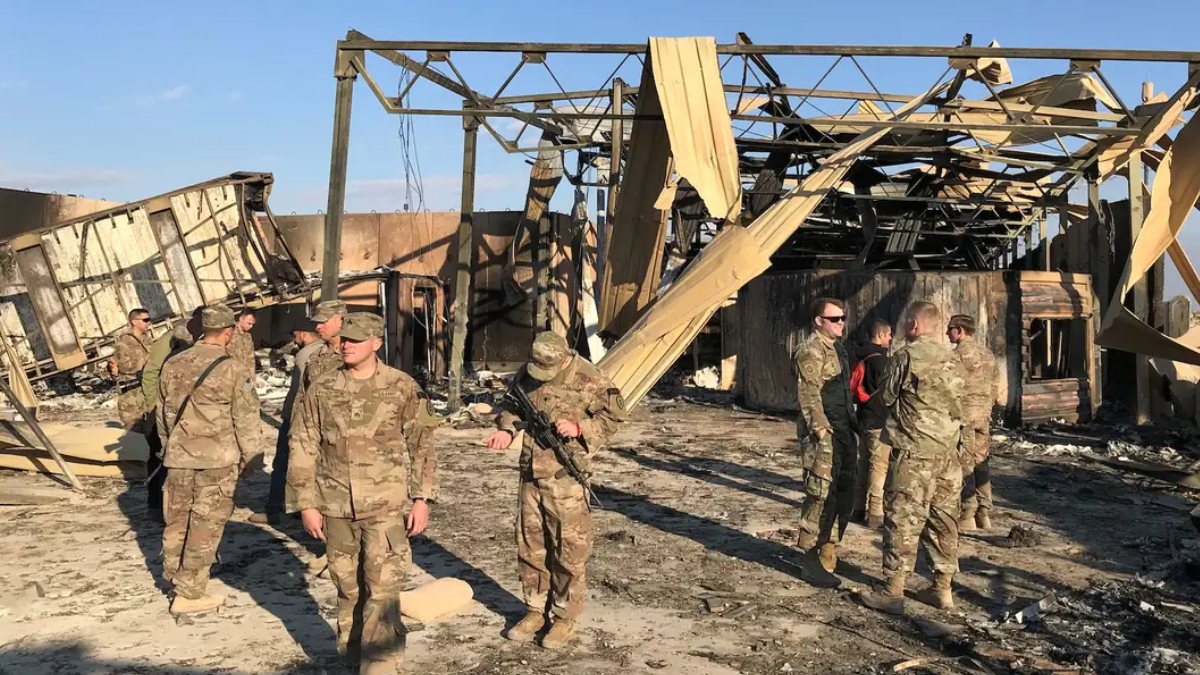The January 2020 Iranian ballistic-missile assault on an Iraqi base provided a stark reminder of the concealed and enduring injuries that United States troops could endure in forthcoming conflicts.
This audacious attack, following the assassination of Iranian General Qassem Soleimani through a US drone strike in Baghdad, unraveled a chilling preview of the lingering consequences that soldiers may bear long after hostilities cease.
In the aftermath of General Soleimani’s assassination, Iran vowed retribution and delivered on its promise by launching 11 ballistic missiles at the Al Asad air base on January 8, 2020. With hundreds of US troops stationed at the base, this became an unparalleled test of military preparedness and resilience.
The missile strike etched its mark as “the largest ballistic attack against Americans in history.” The speed of events allowed the troops merely a few hours of warning, leaving no time for extensive countermeasures.
Compounding the situation, the base lacked air defenses capable of thwarting the incoming projectiles.
Unveiling the Impact
The force of the onslaught was unrelenting, with each of the 11 missiles bearing 1,000- to 2,000-pound warheads. The resultant detonations shattered the tranquility, blowing US soldiers from their guard towers and exposing them to the fierce blasts.
Others sought refuge within bunkers established during Saddam Hussein’s regime, revealing the enduring infrastructure of past conflicts that still serves a crucial role in present-day defense.
The Iranian attack stands as an alarming case study, offering insights into the less visible but long-lasting repercussions of modern warfare. Beyond immediate physical injuries, soldiers grapple with unseen wounds, both psychological and physiological, which persist far beyond the cessation of hostilities.
This incident underscores the imperative for robust preparedness, comprehensive defense strategies, and investments in safeguarding troops against novel and evolving threats.
The events of January 8, 2020, serve as a sobering reminder of the hidden toll exacted by military conflicts. The attack on Al Asad air base offers a glimpse into the realities of modern warfare, where threats may be concealed but the impacts resonate profoundly.
Also Read: What is Oman’s Vision for Transportation this coming 2024?
As defense strategies evolve, the welfare of soldiers remains a paramount concern, underscoring the need for holistic approaches that mitigate both visible and hidden consequences of combat.














